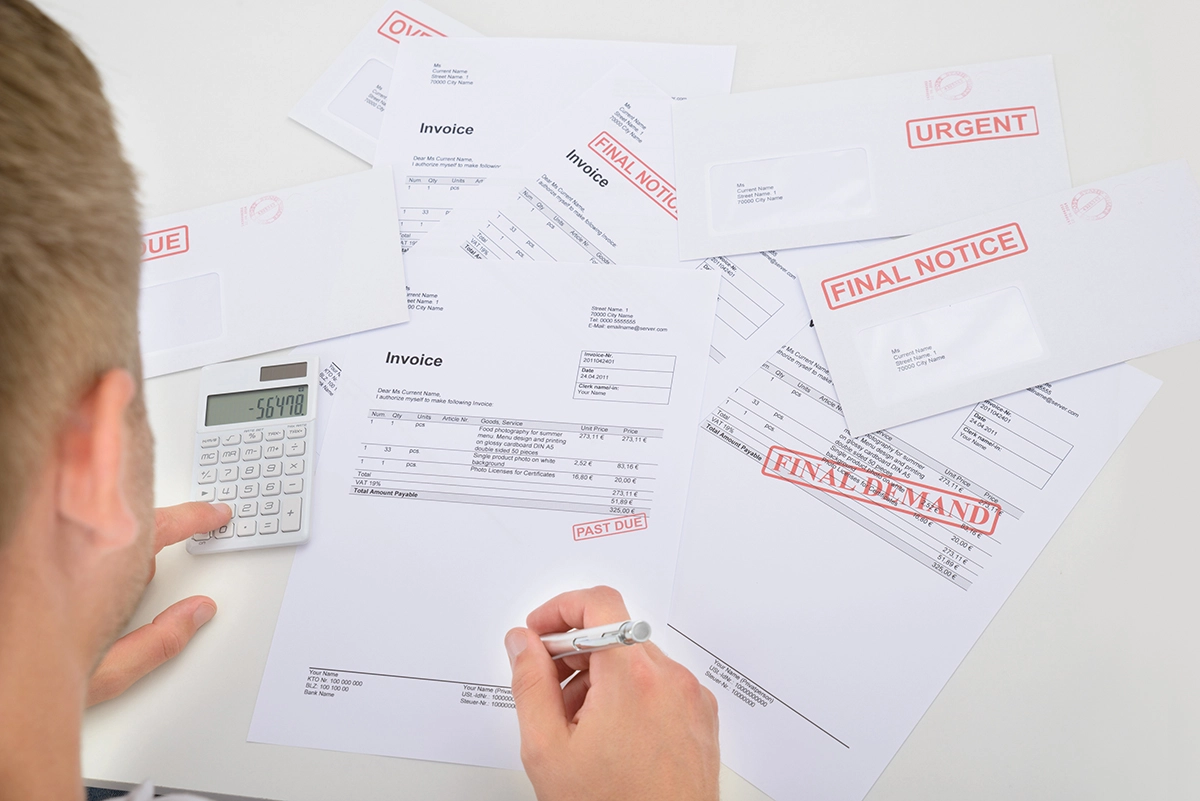Check Your Liquidity Ratios
Financial key performance indicators (KPIs) don’t tell the whole story about the financial condition of your company. To get the big picture, you must monitor the trends of 10 ratios that give you the answers to the following operational questions:
- Can I pay my bills?
- Is my inventory too high? ?It is increasing or decreasing?
- Do I have a collections problem?
- Do I have a personnel productivity problem?
- Do I have too much debt or is my debt level increasing?
Over the next few months I will tell you how to answer these questions by looking at the liquidity, debt, productivity, and asset usage ratios and trends.
To make good business decisions based on these ratio trends, you must have accurate financial statements. This means that your balance sheet must balance, the values for loans and depreciation are correct, you don’t have negative cash, and you don’t have negative current or long-term liabilities. If your financial statements are inaccurate, then the ratios you calculate can be misleading and you could have a problem and not know it.
The first ratios are liquidity ratios and answer the question, “Do I have enough cash coming in on a consistent basis to pay my bills?” The liquidity ratios are current ratio, acid test or quick ratio, and accounts receivable to accounts payable.
Last month I wrote about the current ratio, which is current assets divided by current liabilities. Current assets and current liabilities are found on the balance sheet. Current assets are things that are cash or turned into cash within one year. They consist of cash, accounts receivable, inventory and prepaid expenses. If you perform large projects, you might also have work in progress and underbillings.
Current liabilities are bills that must be paid within one year. They include accounts payable, taxes payable, deferred income, warranty reserve, and for large projects, overbillings.
It’s the trends that matter. For current ratio, 99% of the time, an increasing current ratio means increasing profitability; a decreasing current ratio means decreasing profitability. Lower profitability means soon you will experience a cash flow problem, a productivity problem, or another profitability problem.
The other 1% of the time, your current ratio decreases because you purchased or sold assets. If you purchase a truck for cash, you are trading short-term assets (cash) for long-term assets (vehicle). Assuming that your current liabilities stay the same, your current ratio will decrease because you have less cash for operations and, as a result, a smaller current ratio than you would have if you leased the vehicle. If you purchased the truck on payments, your current ratio will also decrease because you have an increase in liabilities (truck payment) for the same current assets.
The best way to look at the trends is to plot the ratios. Figure 1 shows the monthly current ratio, acid test, and accounts receivable to accounts payable ratio for a contractor. It’s hard to determine what is happening just by looking at monthly figures. That is why the trailing, or long-term, trend is so important.
Figure 2 shows the trailing ratio or long-term view. Trailing data shows a year’s data one month at a time. To calculate the current ratio data point for December 2010, add the current ratio for January through December 2010 and divide by 12. To calculate the current ratio data point for January 2011, add the February 2010 through January 2011 current ratio and divide by 12. This contractor is losing profitability because his current ratio is decreasing on a long-term basis. He must take action to bring his company back to profitability.
Figures 3 and 4 are the ratios for a company where the owner spent cash at the end of his fiscal year. He traded current ratio assets (cash) for long-term ratio assets (trucks and equipment). Figure 3 shows the monthly ratios and Figure 4 shows the long-term, trailing ratio trends. The significant dip in the current ratio indicates when the cash was spent.
The trailing ratios continue upward after the large cash expenditure, so you know that the company is profitable on a short-term and long-term basis.
Next month I’ll discuss the next liquidity ratio — your acid test.
Ruth King has over 25 years of experience in the hvacr industry and has worked with contractors, distributors and manufacturers to help grow their companies and make them more profitable. She is president of HVAC Channel TV and holds a Class ll (unrestricted) contractors license in Georgia. Ruth has authored two books: The Ugly Truth about Small Business and The Ugly Truth about Managing People. Contact Ruth at ruthking@hvacchannel.tv ?or 770-729-0258.






